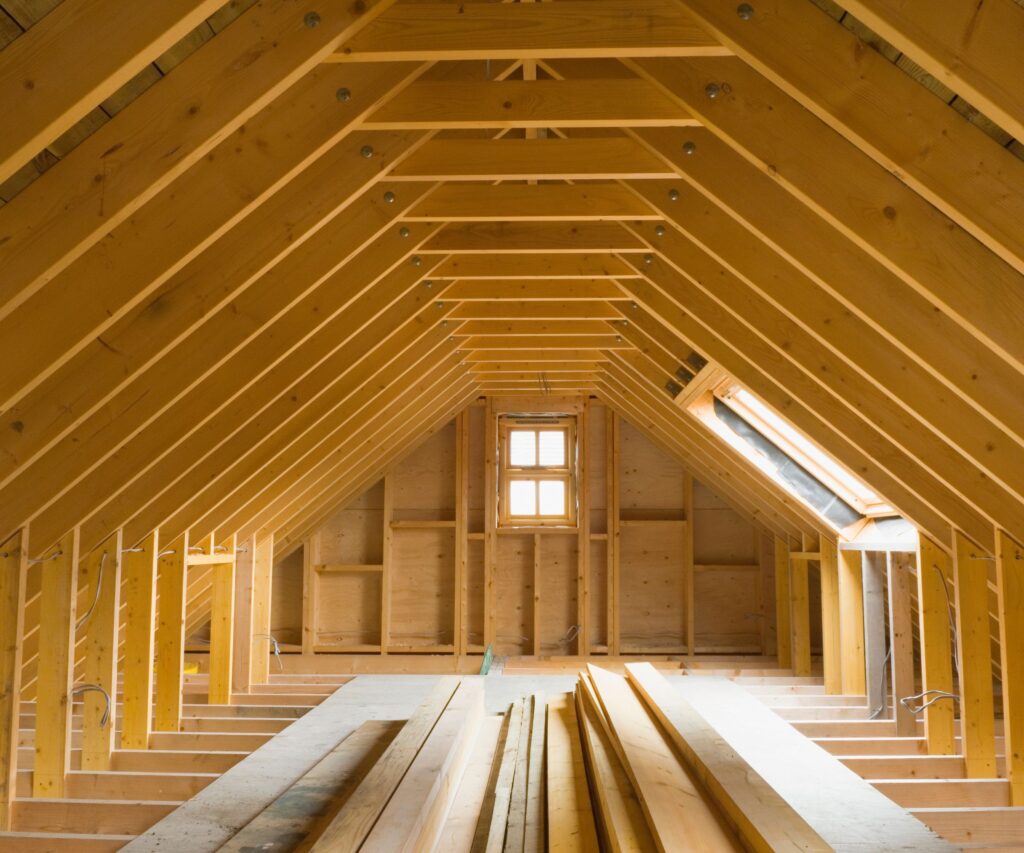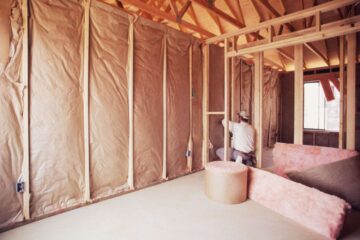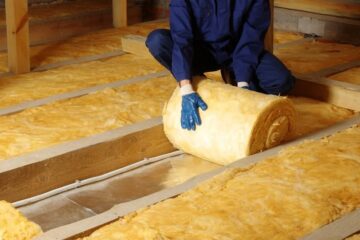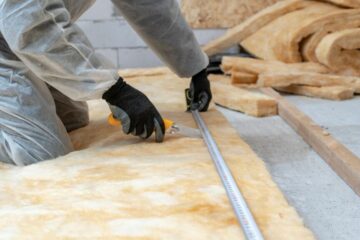Contemporary architecture’s pursuit of sustainability has positioned glass wool insulation as a critical component in high-performance building envelopes. This precision-engineered material, crafted predominantly from post-consumer recycled glass, represents a sophisticated fusion of material science and environmental stewardship that addresses multiple design challenges simultaneously.
The thermal performance of modern glass wool insulation stems from its meticulously designed fiber architecture. Through advanced manufacturing processes, molten recycled glass is transformed into an intricate web of microfibers, creating billions of nano-scale air pockets within each cubic meter. This complex matrix delivers exceptional thermal resistance with R-values reaching 4.3 per inch, effectively minimizing heat transfer through conduction, convection, and radiation. The result is building envelopes that maintain thermal stability while reducing energy consumption by 40-60% compared to conventional insulation solutions.
Acoustic engineering benefits from glass wool’s unique sound absorption properties, which achieve noise reduction coefficients (NRC) of 0.95-1.00 across critical frequency ranges. The material’s multi-directional fiber orientation creates an optimal acoustic environment by:
- Attenuating airborne sound transmission through frictional energy conversion
- Damping impact noise in floor and ceiling assemblies
- Reducing reverberation in large interior spaces
These characteristics make it indispensable for projects requiring stringent acoustic control, from concert halls to healthcare facilities.
Fire safety performance exceeds industry standards, with glass wool demonstrating:
- Non-combustible properties per international building codes
- Zero flame spread contribution
- Minimal smoke development
- Structural integrity maintenance at temperatures exceeding 1000°C
These attributes provide crucial passive fire protection in high-risk applications.
Environmental credentials showcase glass wool’s circular economy advantages:
- 80-90% recycled content utilizing post-consumer glass waste
- 30% lower embodied carbon than alternative insulation materials
- Full recyclability at end of service life
- Compatibility with green building certification systems
Installation versatility includes:
- Adaptive compression recovery for cavity applications
- Moisture-resistant formulations for below-grade use
- High-density boards for exterior insulation systems
- Flexible rolls for irregular spaces
As net-zero energy buildings become standard practice, glass wool insulation continues to evolve with:
- Bio-based binder systems improving indoor air quality
- Enhanced fiber technology optimizing thermal performance
- Digital integration for precision installation
- Life cycle assessment transparency
This comprehensive performance profile establishes glass wool insulation as an essential, multi-functional building material that simultaneously addresses energy efficiency, acoustic comfort, fire safety, and environmental responsibility – making it a cornerstone of sustainable construction methodologies worldwide.



